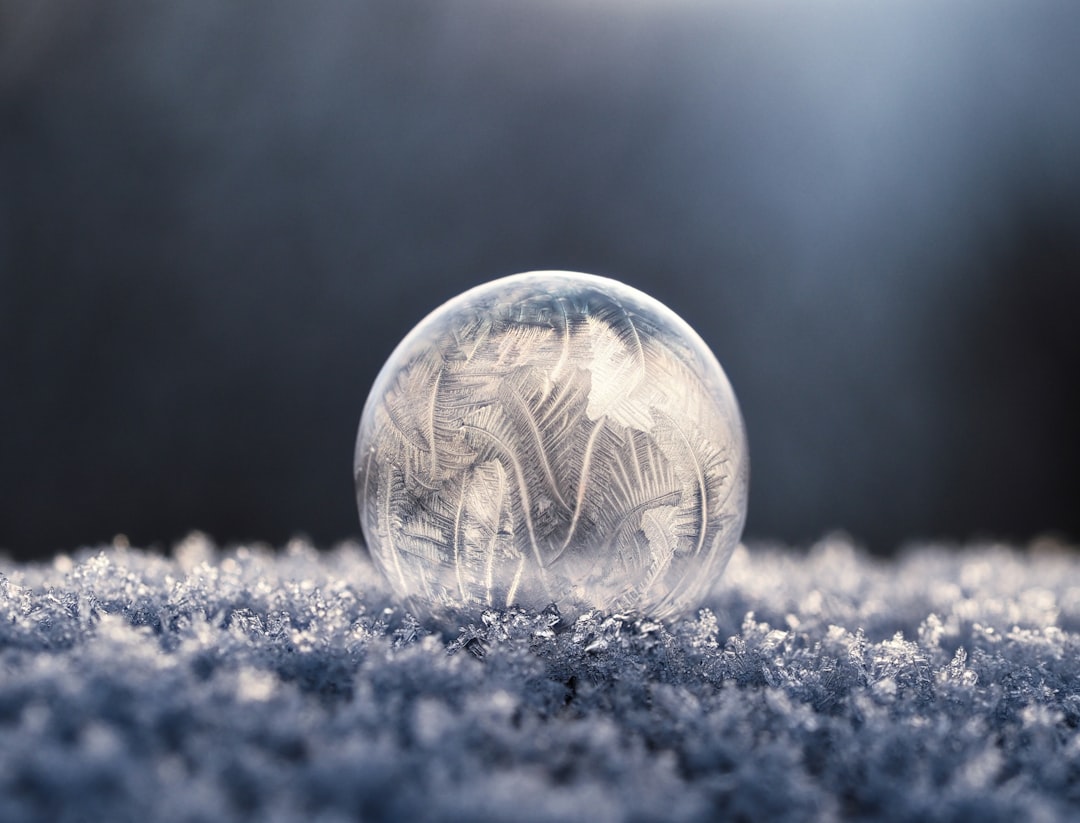What is it about?
Researchers have developed a new super-resolution reconstruction algorithm for structured illumination microscopy called PR-SIM. This algorithm provides twofold resolution enhancement by reassigning pixels in raw SIM images with respect to the center of each illumination fringe, applying further deconvolution, and is more immune to fringe distortion. PR-SIM's reconstruction speed can be enhanced by skipping empty regions in the image and further improved by employing GPU-based parallel calculation. This method can be extended to other illumination modulation-based microscopic techniques. [Some of the content on this page has been created by AI]
Featured Image

Photo by Carlos Kenobi on Unsplash
Why is it important?
The research is important because it presents a new pixel reassignment based super-resolution reconstruction algorithm for structured illumination microscopy (PR-SIM), which can provide a twofold theoretical resolution enhancement by reassigning pixels in raw SIM images with respect to the center of each illumination fringe and applying further deconvolution. This algorithm is more immune to fringe distortion and better suited for large-field SIM, where the fringe patterns are often distorted by aberrations across the whole field of view. Additionally, PR-SIM can further reduce the reconstruction time by skipping empty regions in the raw images, making it a promising technique for improving spatial resolution in microscopy imaging. Key Takeaways: 1. PR-SIM provides a twofold theoretical resolution enhancement in microscopy imaging. 2. The algorithm is more immune to fringe distortion and better suited for large-field SIM. 3. PR-SIM can reduce the reconstruction time by skipping empty regions in the raw images. 4. The algorithm is an innovative advancement in super-resolution reconstruction techniques for microscopy imaging.
Read the Original
This page is a summary of: Super-resolution reconstruction of structured illumination microscopy based on pixel reassignment, Applied Physics Letters, September 2023, American Institute of Physics,
DOI: 10.1063/5.0162381.
You can read the full text:
Contributors
The following have contributed to this page










